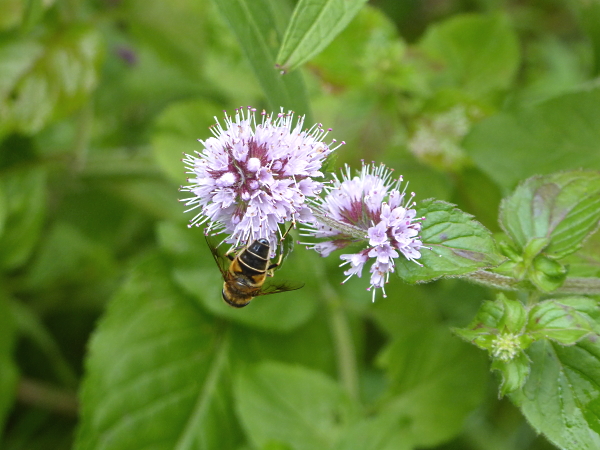
The Tree Register of Britain and Ireland (TROBI) has an online database of Champion trees, and very few of them have a photograph attached, although there is a facility for any member to add one. So, armed with a list of the four notable trees in Hesketh Park (and one on Lord Street Southport) I set out on my quest. It had rained in the night, breaking last week’s heatwave, so it was overcast, with a weak sun. The first tree I noted was this Weeping Ash in the Rose garden, although it wasn’t one of the Champions I was seeking.

The Camperdown Elm, Ulmus glabra ‘Camperdownii’, is a weeping and contorted variety of Wych Elm. Left to itself it would sprawl on the ground, so gardeners graft it onto a trunk of normal Wych Elm, to make a sort of umbrella. It’s a sad mutant, really, but most Victorian parks used to have one as an interesting ornament. In Hesketh park the “Girth County Champion of Lancashire” (91 cm) is in a little glade on the side of the path descending eastwards from the Observatory. One side has broken off.

Another County Champion of Lancashire for girth (293 cm) is a Dawn Redwood Metasequoia glyptostroboides, this time a fine natural tree. There are two of them backing the Carpet Bed Garden, but I think the champion is the one on the left.

Two specimens of Japanese Pagoda tree Styphnolobium japonicum are Lancashire height champions at 16 meters each. One is near the north-east gate, not far from the gazebo. It has a little name plaque on a post nearby, calling it by the old name Sophora japonica.

The other is further around the same path, opposite the north entrance to the Sensory Garden and just around the corner from the Dawn Redwoods.

Here’s the plan of the north end of the park, with the trees marked as C for the Camperdown Elm, R for the Dawn Redwood and J for the two Japanese Pagoda trees.

That was mission accomplished in Hesketh Park, so I walked back around the lake. There were plenty of Mute Swans, Mallards, Tufted Duck, Coots, a Moorhen and a scattering of Herring Gulls. Flowers on the verges included Ragwort, Purple Loosestrife (which seems to be having a very good year), Water Mint, one shoot of Fox and Cubs in an Ivy bed, Evening Primrose and my first Michaelmas Daisies. Autumn is coming!



The Water Mint was attracting lots of insects, mostly Hoverflies, I think. This handsome one is the very common Tapered Drone Fly Eristalis pertinax.

I took the bus back to the south end of Lord Street, dropped into Morrison’s, then looked for my last extraordinary tree. It is an Elm, Ulmus minor ‘Sarniensis’. Ulmus minor is the ordinary English Elm, and most of them were killed by Dutch Elm disease. This, however, is of the variety ‘Sarniensis’, which the Collins tree guide lists as the Jersey or Guernsey Elm and comments “an abundant street tree since 1836, survivors are now rare”. There are two of them in front of the Prince of Wales Hotel. They aren’t Champions, but the taller of them is listed on the TROBI database as a “Remarkable tree of Lancashire”, 18 meters high in 2015. I think it is this one, bordering the hotel’s driveway and front garden.

Then it started to rain, and I got the bus home just in time to avoid a downpour.
Public transport details: Bus X2 from Crosby northbound, arriving Albert Road / Hesketh Park at 10.25. Then number 2 bus southbound at 12.35 to Lord Street / Duke Street. Then home from Lord Street / Eastbank Street on X2 at 1.55, arriving Crosby 2.40.
